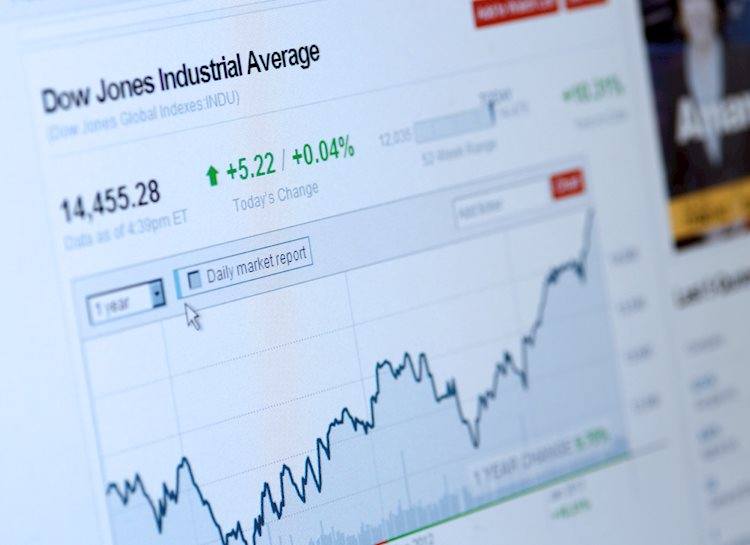The Dow Jones Industrial Average (DJIA) experienced a slight dip from its daily highs near 42,500, falling over 0.25% as US Treasury bond yields continued to rise. This movement comes as the US job market data has raised the likelihood of a potential interest rate cut by the Federal Reserve (Fed) at the upcoming November meeting. However, despite this dip, Consumer Confidence has seen a significant improvement, jumping to 108.7, the highest level since March 2021.
The rise in US bond yields was driven by a three-and-a-half basis points increase in the 10-year Treasury note yield to 4.32%, following the release of data showing a decrease in US job openings. Job vacancies dropped to 7.44 million in September, the lowest level since January 2021. Conversely, Americans have become more optimistic about the economy, with the Conference Board reporting a spike in the Consumer Confidence index from 99.2 to 108.7.
As a result of the recent economic data, the odds of a 25-basis point rate cut by the Fed at the upcoming meeting have surged to 98%. This would bring interest rates into the 4.50%-4.75% range, reflecting concerns about the state of the economy and the impact of the ongoing pandemic.
In terms of company news, Boeing led gains in the Dow Jones Industrial Average after raising over $21 billion through a share sale. The company sold 112.5 million shares at $143.00 each in an effort to bolster its balance sheet. Following the share sale, Boeing’s stock price surged by 2.93%. In contrast, notable losses were seen in companies such as Chevron, Coca-Cola, and Home Depot.
Looking ahead, the Dow Jones price forecast suggests a potential downside if the index falls below the October 25 swing low of 42,043. On the other hand, a bullish continuation could occur if the DJIA surpasses the October 25 peak of 42,596. Momentum indicators remain positive, indicating potential for further gains in the near term.
The Dow Jones Industrial Average, a price-weighted index comprising the 30 most traded stocks in the US, reflects the performance of key companies across various sectors. This index is influenced by a range of factors including earnings reports, macroeconomic data, and interest rate decisions by the Federal Reserve. Dow Theory, developed by Charles Dow, provides a framework for identifying trends in the stock market based on the performance of the DJIA and the Dow Jones Transportation Average.
Traders and investors have various options for trading the Dow Jones Industrial Average, including ETFs, futures contracts, options, and mutual funds. These financial instruments offer different ways to gain exposure to the index and capitalize on market movements. In conclusion, the recent movements in the Dow Jones reflect ongoing economic uncertainties and the potential for policy interventions by central banks to support growth and stability.











